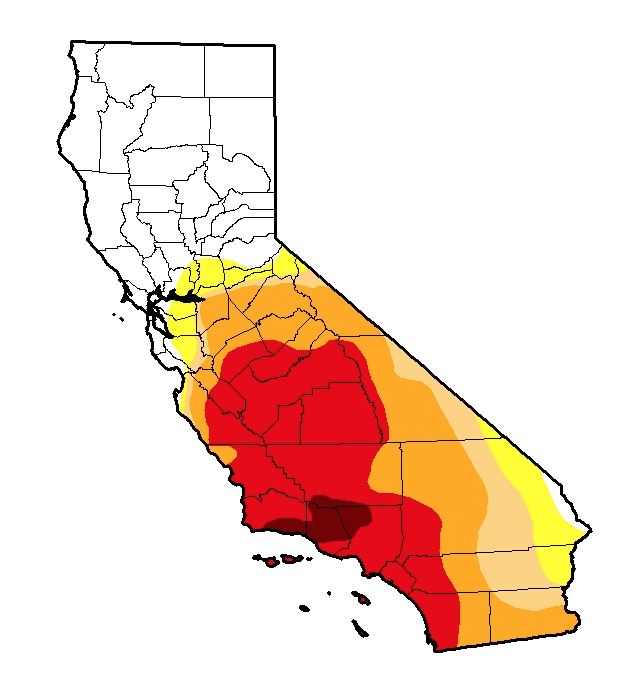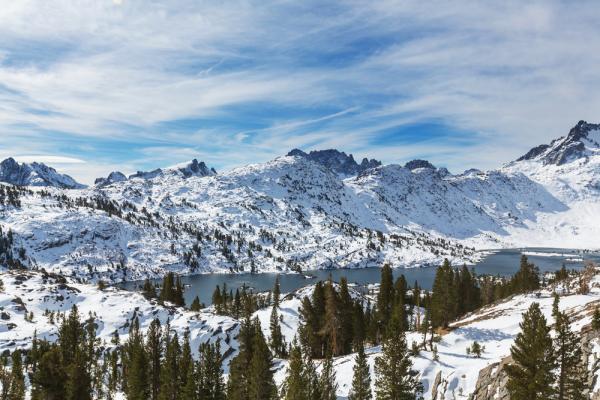If you're a regular, longtime reader of our daily Dispatch newsletter, you may recall that about three years ago, in response to California's severe, on-going drought we urged the public and policy makers alike to embrace genetically modified farming for many reasons, including that some GM crops grow well despite drought conditions. We were strong supporters of the science then, as we are today.
(Not a newsletter subscriber, but would like to be? Click here.)
But now that ample rainfall is returning to the Golden State – especially in Northern California, according to the latest report from U.S. Drought Monitor, citing massive precipitation – there's new hope that the statewide drought may soon be coming to an end. Even if that occurs, the embrace of GM agriculture should continue. But the bounty of abundant water is great news.
"A plethora of Pacific storms and moisture slammed into California and most of the West, dumping copious amounts of precipitation on the northern two-thirds of the state and Sierra Nevada," states this week's USDM National Drought Summary, which was released Thursday.
 "With more than a foot of precipitation falling on the Sierra Nevada (locally 20.7 inches at Strawberry Valley, CA)," the report continued, "most major reservoirs were at or above its Jan. 10 historical average, USGS [US Geological Survey] monitored streams were at near or record high flows ... [and] Jan. 10 state snow water content was at 135%."
"With more than a foot of precipitation falling on the Sierra Nevada (locally 20.7 inches at Strawberry Valley, CA)," the report continued, "most major reservoirs were at or above its Jan. 10 historical average, USGS [US Geological Survey] monitored streams were at near or record high flows ... [and] Jan. 10 state snow water content was at 135%."
While "significant increases were made to the capacity of the state’s major reservoirs" upstate, Southern California is still facing arid conditions for the most part (see map, courtesy of the U.S. Drought Monitor). And despite the region having received significant rainfall since the start of the year, officials there, while encouraged with the recent climatic gifts, are expressing restrained optimism.
“We can’t say that we’re no longer feeling the impacts of the drought,” said Deven Upadhyay, water resource manager for the Metropolitan Water District of Southern California, speaking to the Los Angeles Times. “Later this  year, we may be able to say that we’ve really turned the tide and the drought’s over,” he said. “But we’re not there yet.”
year, we may be able to say that we’ve really turned the tide and the drought’s over,” he said. “But we’re not there yet.”
For instance, Rocky Butte, located on the southern coast between Santa Barbara and Monterey in San Luis Obispo County, north of Los Angeles, has been deluged with 17 inches of rain from Jan. 1 to 10. And Lake Oroville, which is a major supplier of water and the biggest reservoir serving Southern California, currently has 117 percent of the amount that it typically has for this time of the year.
And in overall terms, the turnaround in precipitation has been remarkable, bordering on historic.
"Since Oct. 1, total precipitation in the range," adds the Times, referring to the mountains, "has been soaring at rates similar to the wettest winters in the modern record: 1982-83 in the northern and central Sierra and 1968-69 in the Southern Sierra."




